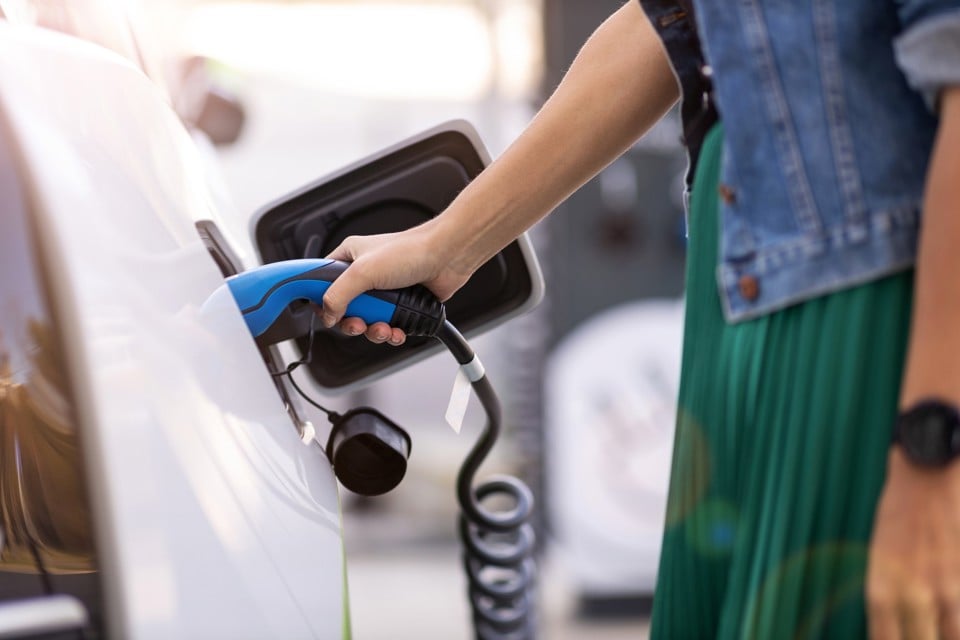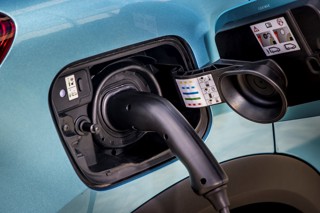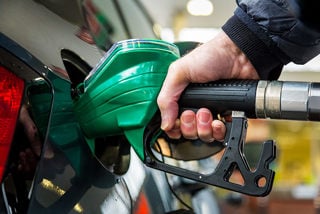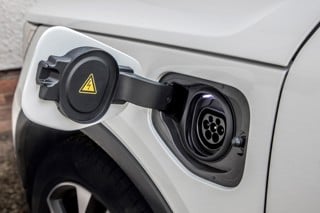The fleet industry is hoping that real world analysis of the cost of fuelling an electric vehicle (EV) will persuade HMRC to overhaul the advisory electricity rate (AER).
Having amassed almost 100 case studies, a delegation from the Association of Fleet Professionals (AFP) and the British Vehicle Rental and Leasing Association (BVRLA) are meeting HMRC officials to present them with their findings.
The pair have been in discussions with tax officials to build a case to raise the AER – used to reimburse company car drivers for the cost of charging an EV – from the current rate of 5 pence per mile (ppm).
“It really struck a chord,” said AFP chair, Paul Hollick. “We've got quite a lot of real-life examples where AER hasn't been working.”
The AER was originally introduced in 2018. It was calculated using two key elements: the average cost of electricity in the UK from the Department for Business, Energy and Industrial Strategy (BEIS); and average efficiency figures based on what battery electric vehicles (BEVs) were on the market.
Both of these elements have changed fundamentally over time.
In 2017, the average cost of standard electricity in the UK was 14.4p per kWh and was used to calculate the first AER, which was introduced in September 2018. The current AER is based on the 2021 average UK electricity price of 18.9p/kWh.
Shortly after the annual average figure was published late last year, the AER was increased for first time, from 4p to 5ppm, thanks to a campaign again orchestrated by the BVRLA and the AFP.
However, energy prices have increased significantly since that calculation was made. The energy price cap increased by 54% in April 2022, and higher wholesale prices, especially after Russia invaded Ukraine, have led some to speculate that the cap could increase by a further 40-50% in October.
Based on the increase in the energy price cap, which took effect in April, the average cost of electricity in the UK is now closer to 28p/kWh.
Similarly, the range of BEV vehicles available has dramatically increased across both number of models available as well as the types of vehicles.
A representative bundle of vehicle available in 2018 was able to travel, on average, 4.63 miles/kWh – a representative bundle in 2021 has an average of 3.69 miles/kWh.
With even more vehicles having larger, heavier, batteries and more SUVs in the model mix today, this will have changed further.
Hollick told Fleet News at 10, a monthly webinar discussing the latest industry topics, that the AER rate of 5ppm “doesn’t cut the mustard”.
“When you add in EV highway charging as well, which could be up to 75p/kWh, it becomes really expensive.”
Tom Rowlands, MD of global EV solutions at Fleetcor, has been working with the AFP, sharing real world data from its fuelcard business Allstar.
He told Fleet News: “When you look at the cost of home charging versus on the road, you can be talking hundreds of percentage points difference in terms of the cost.
“If you have someone who constantly has to charge on the road, because they don't have a home charger, then they're going to be completely penalised by the (on-the-road) rate versus someone who can charge all the time at home on an EV specific tariff.”
Just one in eight drivers (12.2%) thinks that the current 5ppm reimbursement rate reflects the true cost of charging an EV, according to a Fleet News poll.
Almost three-quarters (73.5%) of respondents believe it should be 10ppm or more, while one in five (20.2%) say it should be three times the current rate, with drivers receiving 15ppm to cover their charging costs.
“A lot of drivers are moaning about being under reimbursed,” said Hollick.
The current AER will be reviewed when BEIS publishes the annual, average electricity rate later in the year, and is expected to be increased.
However, Hollick said: “That’s too late. We need it reviewed on a quarterly basis or even monthly right now.”
The AER equivalent for internal combustion engine (ICE) vehicles, advisory fuel rates (AFRS), are reviewed every three months.
Hollick is hoping HMRC can find a different set of indices than the annual figure from BEIS to review the AER on a more frequent basis, with energy price cap data from Ofgem a possible solution.
He is also hoping they can persuade HMRC to define what would be a good at-cost calculation for those fleets which want to pay a different amount to the published AER.
“I know every case is different, but we need better clarity on actual cost and better indices,” added Hollick.
National Grid fleet manager, Lorna McAtear, told Fleet News at 10 that the problem with reimbursing drivers at actual cost is getting receipts out of charge point providers.
“The onus on companies is the burden of proof, but the more cars you have, the higher the risks and the more challenging the burden of proof is,” she said.
“If you’ve got a handful of vehicles then it becomes a little bit easier to manage.”
McAtear says that there are several options open to fleets to pay an at cost reimbursement rate, including using fuelcards or specialist mileage data management companies.
National Grid has decided to take fuel cost data from its own internal systems on a monthly basis and then using that to determine a lump-sum payment made to each employee through their salary (Read more in the August edition of Fleet News).
“That ways it goes straight on to payroll and gets taxed at the appropriate rate for the employees,” added McAtear.
“There are lots of options out there for fleets – none of them are easy and every single one of them carries risk or some system change or a cost to implement them.
Hollick concluded: “Most fleets want to reimburse costs at the AER rate, but the downside is it’s not fair and equitable at the moment.”
How much should the advisory electricity rate (AER) be to reflect the true cost of charging an EV?
- 5p per mile (current rate) = 12.2%
- 6p per mile = 2.2%
- 8p per mile = 12.2%
- 10p per mile = 35.3%
- 12p per mile = 17.3%
- 15p per mile = 20.9%

























adam.rollins@midas-fms.com - 02/08/2022 11:17
I agree with Paul Hollick that actual pence per mile calculations are the proper way forward to manage reimbursement of EV mileage. The added complication compared with actual pence per mile calculations is that most drivers will be charging at home, as well as on the public network. Thios can be solved. it is a case of having all the information.This can be achieved if companies plan their EV strategy to ensure that the solutions they put in place are able to manage the costs from both dometic and network charging.